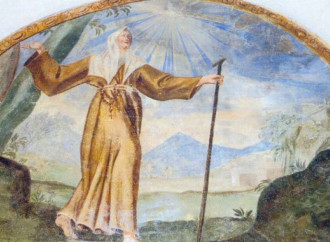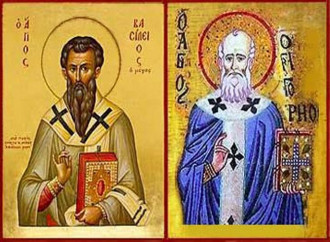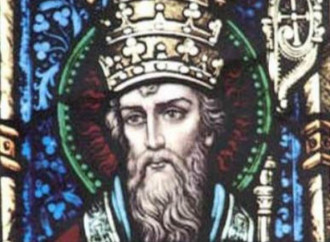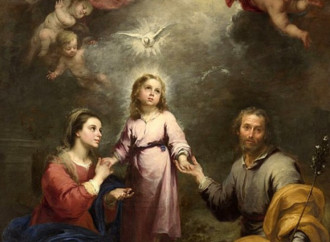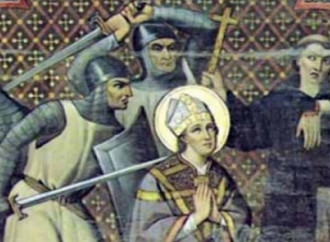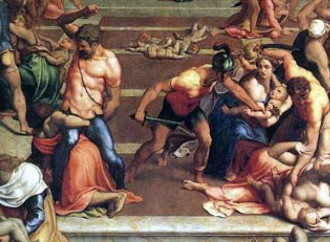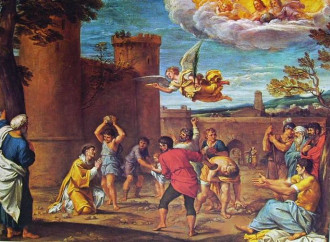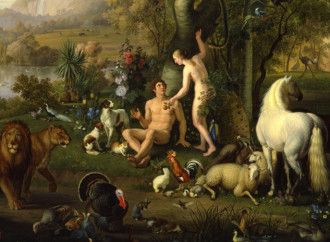Saint Angela of Foligno
The first teaching left by saint Angela of Foligno, great mystic who lived in Umbria a couple of decades after Saint Francis of Assisi, is the importance of a good confession, as a source of regeneration for every Christian, which, in her case, marked the beginning of her conversion.
Most Holy Name of Jesus
"Whatever you ask in my name, I will do it." The words of Our Lord in John's Gospel stress the importance of the Most Holy Name of Jesus, actually venerated from the earliest centuries of Christianity.
Saints Basil the Great and Gregory of Nazianzus
Because they shared their lives in Christ, the Church remembers on the same day Saint Basil the Great (c. 329-379) and Saint Gregory of Nazianzus (c. 329-390), who belong to the group of the «Cappadocian Fathers»
Mary Most Holy Mother of God
With the solemnity of Mary Most Holy Mother of God the Church celebrates and confesses that the Blessed Virgin truly is the Theotókos
Saint Sylvester I
He saw the transition from the persecutions of Christians to the establishment of freedom of worship in the Roman Empire
Holy Family
The Holy Family fulfils to the highest degree the two commandments of love. Jesus, Mary and Joseph indicate that the family is an image of the Holy Trinity and, to reflect this image, is called to place God at the centre
Saint Thomas Becket
He fought to the point of martyrdom to defend the freedom of the Church, refusing to compromise with power.
Holy Innocents
Their celebration appears in all Eastern and Western liturgical calendars and dates back to at least the 4th century
St. John the Evangelist
He has been depicted with an eagle as his symbol because he contemplated the immensity of the divine Word and outlined it in his writings like no other before.
Saint Stephen
"Lord, do not impute this sin to them", were the last earthly words of Saint Stephen, the first Christian martyr, who testified his faith in the Risen Christ without fear of death and, as a faithful in Christ, imitated him to the exent of asking God to forgive his executioners.
Nativity of the Lord
We shall dedicate this space to remembering one detail of the immense history of salvation, namely that the today of the angels' news to the shepherds, that is, the today of the birth of Jesus, was precisely December 25th.
Saints Adam and Eve
After their freely-chosen consummation of original sin and expulsion from Eden, our forefathers – according to the Church Fathers and following some hints in the Old Testament – lived a life of prayer and penance, then dying reconciled with God

